0 Comments
Wild Geranium is a woodland perennial herb. Geranium maculatum is widespread in eastern North America from Maine to Minnesota and is widespread in eastern south to Georgia and Arkansas; it is uncommon to absent in the Atlantic or Gulf coastal plain regions of coastal states from Virginia to Mississippi. Wild Geranium favors upland forests and well-drained portions of flood plain forests.
Name and Relationships Geranium maculatum was named by Linnaeus in his monumental Species Plantarum, published in 1753. Geranium has long served as the type genus of Geraniaceae. The genus and family name are derived from the Greek word geranos, crane, in reference to the elongate fruiting styles common throughout the family. English common names like Cranesbill and Storksbill for relatives of Wild Geranium similarly refer to their elongate fruiting-stage styles. The species portion of the binomial, maculatum, means spotted, perhaps a reference to slight irregularities in petal pigmentation sometimes observed in this species. In the Garden Wild Geranium is an excellent garden plant, fitting well with mixed perennials in light shade or naturalistic woodland settings. It is tolerant of a wide variety of soil types and soil pH. Cultivated plants benefit from supplemental water in dry spells, without which aerial stems may senesce and die to the ground. Propagation can be accomplished by division and by seed. Divide rhizomes in spring or fall by severing its segments and planting the pieces about one inch deep. Diligence will be required to collect mature seeds before they are ballistically dispersed. Seeds may be sown outdoors as soon as they are collected or in seed flats for controlled cold stratification. Germination may be erratic; some seeds may not sprout until after a second winter or cold treatment. Wild Geranium flowers are visited by diverse native bees, including Adrena distans, a dedicated, specialist, pollinator. Human Uses Native Americans used Wild Geranium to treat a variety of disorders and commercial preparations of the plant, usually derived from roots and/or rhizomes, are available today as herbal or alternative medicines. Medicinal qualities can be attributed to presence of gallic acid and tannins that provide astringent and bacteriostatic effects. Root and rhizome preparations have been taken internally to treat gastrointestinal distress, applied topically as an eyewash, or as an ingredient in compression dressings for wounds. (SDGS does not endorse the use of Wild Geranium for medicinal purposes.) SOURCE: vnps.org/2020-wildflower-of-the-year-wild-geranium-geranium-maculatum/ If you live in San Diego, you don't need to worry about overwintering your geraniums. You DO need to keep up with deadheading and cleaning your plants after a good rain to help prevent botrytis - but plants can be left outside and they'll do just fine. However - if you live in climates that are very cold and/or have snow, overwintering your plants is a must. This is a great article on how to do that so your plants are healthy and happy come Spring!
By Danny Lipford https://todayshomeowner.com/how-to-grow-geraniums-over-the-winter/ Geraniums are one of the most popular container and garden plants. You just can’t beat their bright colors and sturdy, well-shaped foliage. At the garden center, geraniums tend to come in larger sizes, which make them more expensive than other summer annuals. Unlike many of their peers, geraniums can easily be stored over the winter and enjoyed again next year. So if you hate to see your lovely geraniums killed by frost this fall, here’s how to go about overwintering them indoors. Methods of Overwintering Geraniums There are three ways to make geraniums last through the winter: Overwinter inside as potted plants. Store the dormant, bare roots. Propagate cuttings to make new plants. Geraniums as Indoor Potted Plants The easiest way to keep your geraniums over the winter is simply to bring them inside. Here’s how to go about it: Fall: Before the first frost, carefully dig up your geraniums and pot them in 6”- 8” diameter containers, with lightweight potting soil. If yours are already in containers, you get to save a step! Don’t bother keeping any that look unhealthy or diseased. Cut the plants back by a third to a half. Save the cuttings and root them to make more geraniums! Water the pots thoroughly. Place the pots in a bright, cool spot. Geraniums overwinter best in a sunny window with temperatures around 60° F. They don’t do well in dark or overheated rooms. Winter: Over the winter, pinch back the tips of new shoots to help them branch out. Water the cuttings whenever the soil becomes dry. Spring: Fertilize your geraniums in mid-spring. Move them back outdoors after all danger of frost has passed. You can keep them in their containers, or plant them back in your flower beds. Geraniums are perfect for window boxes, but can’t survive freezing weather. Overwintering Bare-Root Geraniums Geraniums have nice thick roots and stems that allow them to survive winter dormancy if kept above freezing. You can also allow geraniums to go dormant and store them as bare roots. Follow these steps: Fall: Before the first frost, carefully dig up your geraniums, and shake all the dirt off the roots. Put them in unsealed paper bags, or hang them upside down, and store in a cool, dry place around 50° F (a garage is perfect). Winter: Every month or so, pull your geraniums out and soak the roots in water for a couple of hours. Allow them to dry before storing again. The leaves will eventually all fall off, but the stems should stay firm. If the stems shrivel up too, the plant is likely a goner! Spring: Inspect your geraniums early in the spring. Remove any shriveled sections. prune them lightly, cutting off any dead tips. Soak the roots for a few hours in water mixed with a little plant food. Plant the roots in potting soil and water thoroughly. Place your potted geraniums in a sunny window, or under a grow light. They might take a few weeks to wake up and start growing! After all danger of frost has passed, you can move them outdoors. Geraniums can also be rooted from cutting using rooting hormone. Propagating Geraniums From Cuttings The last option is to say goodbye to your original geraniums and nurture new ones grown from cuttings. Here’s how: Fall: Using a sharp knife or shears, cut pieces about 3”- 4” long from the ends of the branches. The best cuttings come from the terminal end (the very tip end of the stem), rather than a side branch. Pinch off the leaves from the bottom third of the cutting, and remove any flower buds. Dip the bottom of each cutting in rooting hormone, making sure to dust the wounds where you removed the leaves. Plant the bottom third of each cutting in peat moss, sand, or perlite. You can use individual pots or plant them together in a tray (plastic planting trays are available with a clear cover to hold in moisture). Place the pots on a drainage tray and water thoroughly, ideally from the bottom up (fill the tray with water and allow it to soak to keep from washing away the rooting hormone). Cover your pots with clear plastic, or use the cover that came with the tray. Place in a bright window out of direct sun. Your cuttings need light, but they can’t handle the direct sunshine. Winter: Keep the planting medium moist by soaking in the drainage tray, or removing the plastic cover and lightly misting the plants and soil. Spring: Your cuttings should root in 6 to 8 weeks. By early next spring, you can to move them to their own pots with regular potting soil. Fertilize your new plants, and pinch back the new stems in order to make them branch out. Move the pots to a sunny window until time to plant them outdoors. Would a geranium by any other name smell as sweet? It does if it is a pelargonium! Wait—what was that again? The Geraniaceae plant family can be tricky for casual gardeners. It contains the genus Geranium, but those are different plants, commonly called cranesbills. It also contains the genus Pelargonium, which are the plants most people are familiar with, commonly called geraniums. Confused? Well, you can’t go wrong either way, since both groups are pretty plants with cheerful, brightly colored flowers. But if you’re looking for the typical garden-variety geranium, you’ll want to ask for Pelargonium.
Pelargoniums are a large and diverse group of evergreen and tender perennials largely native to South Africa. Over the years, a large number of cultivars have been developed from roughly 20 original species. These popular plants are a garden staple for hanging baskets, summer flowerbeds, and greenhouse displays. Pelargoniums also have a long history of use in herbal medicines, and some species provide aromatic oils that are used in fragrances. CHARACTERISTICSPelargoniums are a variable and diverse group. Their leaves can be rounded or hand-shaped, and they are frequently lobed or scalloped along the edges. The leaves have a distinctive smell when rubbed or pressed, and in many cultivars the scents are quite aromatic and distinctive. The leaves and stems of some species are semi-succulent to withstand drought, and some types have interesting markings or variegation. The flowers of pelargoniums are what truly differentiate them from the Geranium genus. They have five petals, two upper petals that differ in color and pattern from three lower petals; Geranium species have symmetrical flowers with petals all the same size and shape. Pelargonium flowers have two to seven fertile stamens, while Geranium flowers have 10 or more. In addition, Pelargonium seeds have a plumed end, to help them float away on the breeze, while Geranium seeds lack the plume and are “flung” from the plant. There are an extensive number of pelargonium hybrids to choose from. They are generally divided into six groups that have features in common.
USES Other than being grown for their beautiful contribution to gardens, pelargoniums are also cultivated for other purposes. Scented varieties are important in the perfume industry, and the product geranium oil is extracted from their leaves. The scents include lemon, lime, mint, pine, rose, cinnamon, nutmeg, strawberry, and apple, among others. Some of the main compounds of the essential oil produced by the leaves include citronellol, geraniol, eugenol, and pinene. The leaves and flowers are also edible (although some people have sensitivities or allergies to them), and are used to flavor jelly, cakes, ice cream, and teas, among other foods. The varieties that produce scents of rose, lemon, and peppermint are most commonly used, along with those that have hints of peach, cinnamon, and orange. Some pelargoniums are also thought to have antiseptic and antibacterial properties. Rose geranium Pelargonium graveolens is particularly used for skin care products such as lotions, soaps, and washes. CULTIVATION Pelargoniums grow best in neutral to alkaline, well-drained soil and preferably in a bright, sunny position. They are sensitive to cold and frost, and are best grown as annuals or brought indoors during the winter in cold climates. In warm climates, many pelargoniums are drought tolerant once established. OUR COLLECTION Since many pelargoniums have herbal uses, there are more than 30 varieties growing in the Safari Park’s Chandler Herb Garden, including scented ones that give off aromas of cedar, apple, rose, lime, nutmeg, and even chocolate mint. Many other pelargoniums are grown as landscaping plants throughout the Zoo and Safari Park grounds, adding splashes of color with their bright blossoms. Source: San Diego Zoo Pelargonium ‘Pinki Pinks’ By Natan Jaldety and Rely Jaldety This versatile perennial shrub will bloom profusely from spring to early winter and delight gardeners with its elegant and compact form.
Pelargonium ‘Pinki Pinks’ from Jaldety Nurseries (located in Israel) is an unusual species in the Geraniaceae family. When looking for great color effects paired with a long-blooming, drought- and wind-tolerant plant perfect for just about any garden setting, this variety could quickly become one of your favorites! Variety Information ‘Pinki Pinks’ is a low-growing perennial shrub with a naturally compact and well branching habit. Its butterfly-like vibrantly bright pink flower clusters sits on long slender dark cascading stems that rise high above its lacy, ruffled green foliage. Such elegant form makes this plant a natural favorite for bees, butterflies and hummingbirds. Unlike other pelargonium relatives, ‘Pinki Pinks’ does not get leggy, even under suboptimal light conditions. This plant will bloom profusely from spring through early winter, giving gardeners endless surprises throughout the seasons. A highly versatile perennial, ‘Pinki Pinks’ presents a classic look that makes it suitable for cottage gardens, Mediterranean gardens, wild gardens, rock gardens and coastal style gardens. The showy flower stems stand out in hanging baskets, containers and flower boxes as the centerpiece, but the compact habit also makes it equally suitable to play a complementary role in container combinations. It also works well as an excellent groundcover, border plantings and in smaller herbaceous garden creations. They can be used along stone paths, wall trailers and as fillers in steep slopes. Don’t be fooled by their gentle flowers and light delicate scents. This tough little species thrives in a wide range of environmental conditions as pelargonium ‘Pinki Pinks’ is very water-usage efficient plant with strong wind and heat tolerance. Established plants will thrive in full sun but also will grow well and stay low and compact under partial shade. With this quality combination, they are especially suited for areas where extreme temperatures are possible throughout the seasons. Pelargonium ‘Pinki Pinks’ has high longevity and great success in modern gardens where water often is of concern. Whether it is water restrictions in the summer time or warmer drier summer days across the country, this plant thrives year round because of its drought tolerance and easy-to-care nature. For gardeners living in wetter, rainier conditions, pelargonium ‘Pinki Pinks’ will also handle wet conditions well, provided that the bed soils are free and well draining. Once established, ‘Pinki Pinks’ will mature to 12 to 16 inches in height and 20 to 25 inches in breadth and densely in habit. Growth rate is moderate, and it is safe to use in combinations with no worries that it will take over the combination. In extreme climates, this plant will benefit growing in the protection of other shrubs. It is hardy to Zones 7 through 10. Culture Tips Rooting time at the rooting area is four weeks at 70° F. Rooting hormone can be beneficial to help roots establish faster. Crop time is eight to 10 weeks using one liner in a 5- to 6-inch pot, and becomes 11 to 13 weeks when using two to three liners per hanging basket (8 to 10 inches) or larger containers. Take care to use a well-draining and clean soil, and maintain the pH around 5.5 to 6.0. After planting, water and fertilize the plants moderately. Fertilizer requirements are 200- to 250-ppm nitrogen. Let soil dry in between watering, and do not over water. Light requirement is 4,000 to 6,000 foot- candles and plants will benefit from high light conditions. Growing day temperature range is 65° to 70° F and night temperature 50° to 60° F. Production in small pots does not need pinching while in bigger pots and hanging baskets, plants could be pinched once. Growth regulators are not required to maintain the compact habit. Disease and pests: Watch out for spider mite and Botrytis and follow normal greenhouse pest and disease prevention/control programs. The rains are finally dissipating - and buds are bursting with beauty! Here are some pictures of flowers blooming in Serra Mesa (a suburb of San Diego, CA)! Now I have to start watching for budworm - they seem to start earlier and earlier every year!
Geraniums love full sun, and prefer moist, well-drained soils with a cool root zone.
The popular geranium (Pelargonium x hortorum), or zonal geranium, is prized both as an indoor plant and in the garden because of its wide variety of colorful flowers and foliage. Zonal geraniums, which are tender perennials, usually are grown as annuals and prefer moist soil. However, their preferred growing conditions make geraniums vulnerable to fungal infections. One of the most common fungi that attack geranium plants is botrytis blight, which is caused by the fungus Botrytis cinerea. Botrytis Blight Botrytis is spread through the air as the fine spores are lifted from the soil and carried to your geranium. Even the air caused by walking past or pruning your plant can spread botrytis spores. Botrytis fungi prefer to feed on dead or dying plant material, but if the fungus has ideal conditions for growth, it attacks living plant tissue as well. Botrytis fungi prefer cool, moist conditions. Temperatures ranging from 50 to 60 degrees Fahrenheit are ideal for its growth. Because geraniums also prefer cool, moist conditions, botrytis is a common problem for these plants. Symptoms of Infection Botrytis fungi prefer to feed on dead plant material, but it is hard to detect infection in the dead foliage of your geranium. However, dried leaves infected by botrytis fungus disperse a fine dust into the air when moved. These are the fungus spores. On living plant tissue, botrytis infections are indicated by fuzzy gray or brown blooms and black spots on the stems. If cool, damp conditions exist, these small black spots eat into the stem itself, consuming it entirely. On the leaves, you may see spots, lesions or large dead areas with concentric rings around them. Flowers and leaves may also begin to drop prematurely. Cultural Control Good sanitation practices, such as pulling weeds and keeping the soil clear of debris, are helpful in controlling botrytis blight in geraniums. Prune away infected plant parts and dispose of these in the garbage. Do not compost dead plant material infected with botrytis. Avoid watering your plants overhead. Instead, water the soil early in the day so that it has adequate time to dry before the cool evening temperatures arrive. Chemical Control Fungicide sprays containing chlorothalonil, copper ammonium carbonate, neem oil, potassium bicarbonate or bacillus subtilis can effectively control botrytis blight in geraniums. Apply fungicides after periods of wet weather. Fungicide sprays can contribute to moisture levels, so adequate ventilation and circulation of air around your plant are necessary to prevent further infections. Prevention The best way to fight botrytis infection is to prevent it from taking over your plant. Pick all dead leaves and blooms from your plant as you see them, and remove debris from the soil as well. If your geranium is growing in damp or cool conditions, thin the branches, and give plants ample space to ensure that there is enough air circulation to dry the leaves. Indoors, place your plant in an open window or near a fan to receive air that keeps the foliage and soil surface dry, and deprives the fungus of the moisture it needs to multiply. SOURCE Habit
Woody, perennial, much-branched, evergreen subshrub, up to 0.4 m high and 0.3 m in diameter. Stems initially smooth, pilose and with glandular hairs interspersed, older stems covered with remains of leaf bases and eventually with greyish-brown to almost black peeling bark. Leaves Irregularly pinnate, pilose, especially on margins of segments, densely covered with glandular hairs, greyish green. Lamina cordate to narrowly cordate in outline, (15-)20-30(-50) mm long and (10-)15-20(-35) mm wide. Pinnae irregularly pinnatifid to pinnatisect with narrow segments, lower pinnae on conspicuous petioles, upper pinnae sessile. Petiole (20-)40-60)(-80) mm, persistent for some time, stipules narrowly triangular, 2-3 mm long and 1.5-2 mm wide. SE Rhodes, Eastern Cape, RSA. Distribution Edema is a disease that affects geraniums, causing leaves to yellow and die. It is thought to be due to adverse environmental conditions. Therefore, it does not spread from plant to plant. Ivy geraniums with a large root system as compared to shoot size are particularly sensitive to this disorder.
Symptoms Small yellow spots in areas between the veins are often the first symptom observed on the top of the leaf. Small, translucent, watery pustules are seen on the underside of the leaf below the yellowed areas. These "blisters" and yellowed areas usually occur first on older leaf margins. The blisters enlarge and become brown in color and corky or scabby in texture. The entire leaf may yellow, die, and drop off. This leaf death and defoliation occurs in a pattern somewhat similar to that caused by bacterial blight. Cause Edema is caused by an imbalance of the water uptake and loss by the plant. A high level of water absorption by the roots is favored by warm moist soil conditions while a low level of transpiration (water loss) is favored by cool air, high relative humidity, low light levels (cloudy weather), and poor ventilation. Water retention in the cells causes some cells to burst and form watery blisters. As these broken cell areas heal, they become dry and corky. Mite (two-spotted, Tetranychus urticae Koch) feeding may also play a role in edema development. Potter and Anderson screened ivy geranium cultivars for resistance to two-spotted spider mite attack and evaluated edema severity on the mite-infested plants. There seems to be a relationship in which mite resistant cultivars develop less severe edema than mite susceptible cultivars. The authors theorized that the plant's physiology or nutritional status that results in edema development may also favor mite survival. Edema and mite resistant cultivars were "Double Lilac White," "Sunset," "Madame Margot," "Amethyst," and "Salmon Queen". The most mite and edema susceptible cultivars included "Sybil Holmes," "Yale," and "Pascal." Management Edema Can Be Lessened By The Following - Improve drainage and water less frequently; Heat and ventilate the greenhouse to reduce humidity; Space plants to provide good air circulation; Water in the morning so that the soil is not too wet overnight; Avoid wetting the leaves since wet leaves lose less water; During cool cloudy weather, follow a watering schedule that maintains an even moisture level; Maintain good mite control by regularly applying a miticide; The above information was summarized from the following sources: Balge, R. J., Struckmeyer, B. E., and Beck, G. E. 1969. Occurrence, severity, and nature of oedema in Pelargonium hortorum Ait. Jour. Am. Soc.Hort. Sci. 94:181-183. Digat, B. and J. Albouy. 1976. Donnees actuelles sur le probleme de l'oedeme du pelargonium. Pepinieristes Horticulteurs Maraichers 168:51-55. Mastalerz, J. W. 1971. Geraniums. A Penn State Manual. Pennsylvania Flower Growers. 103 Tyson Bldg., University Park, PA 16802. 350 pp. Potter, D. A. and R. G. Anderson. 1982. Resistance of ivy geraniums to the two-spotted spider mite. J. Am. Soc. Hort. Sci. 107:1089-1092. SOURCE: extension.psu.edu/edema-of-geranium Over a century ago, Reunion Island in the Indian Ocean used to be the world's leading producer of geranium oil - a fragrant oil used in cosmetics and culinary dishes.
But over the past 100 years the industry has all but died out on the island as countries like South Africa and China have stepped up commercial production. VIDEO: BBC NEWS |
AuthorPosts are made by Brenda Archer or Sharon Pearce - both are past Presidents of the San Diego Geranium Society! Archives
May 2024
Categories |
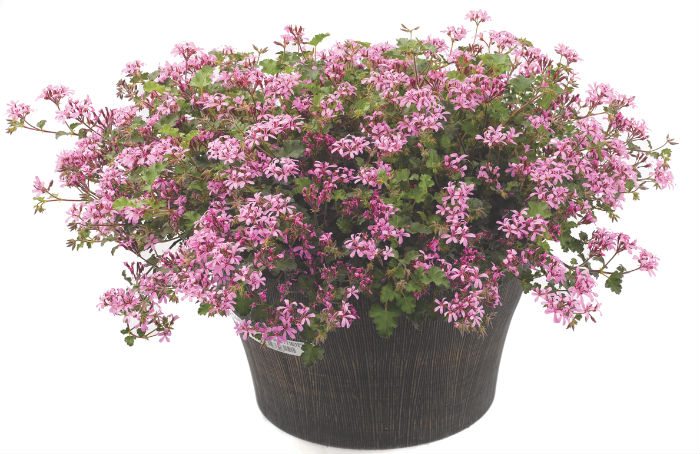
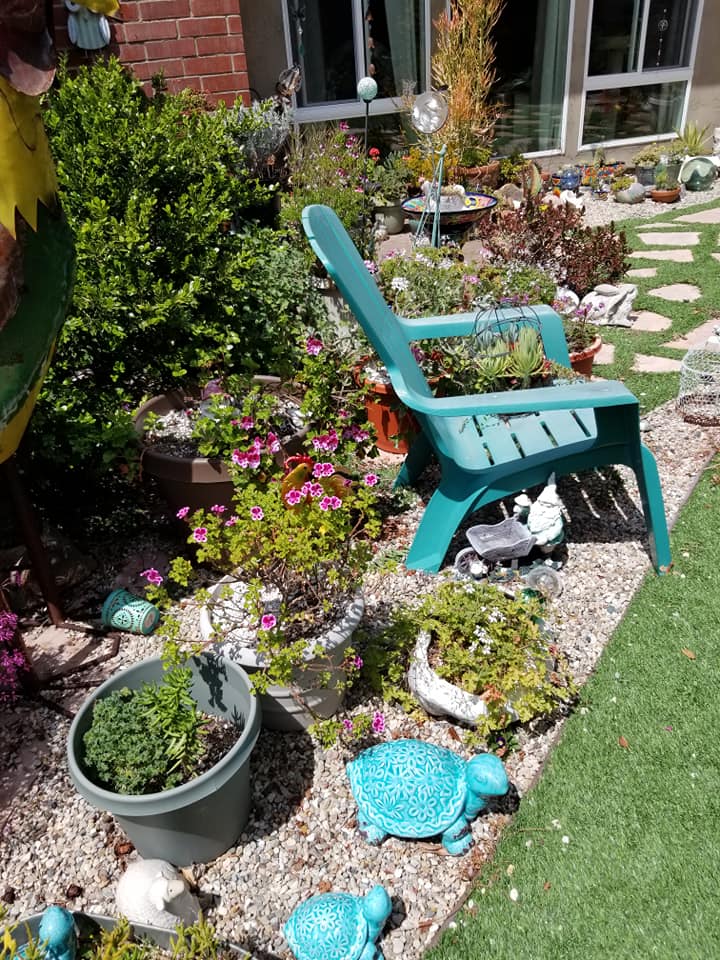
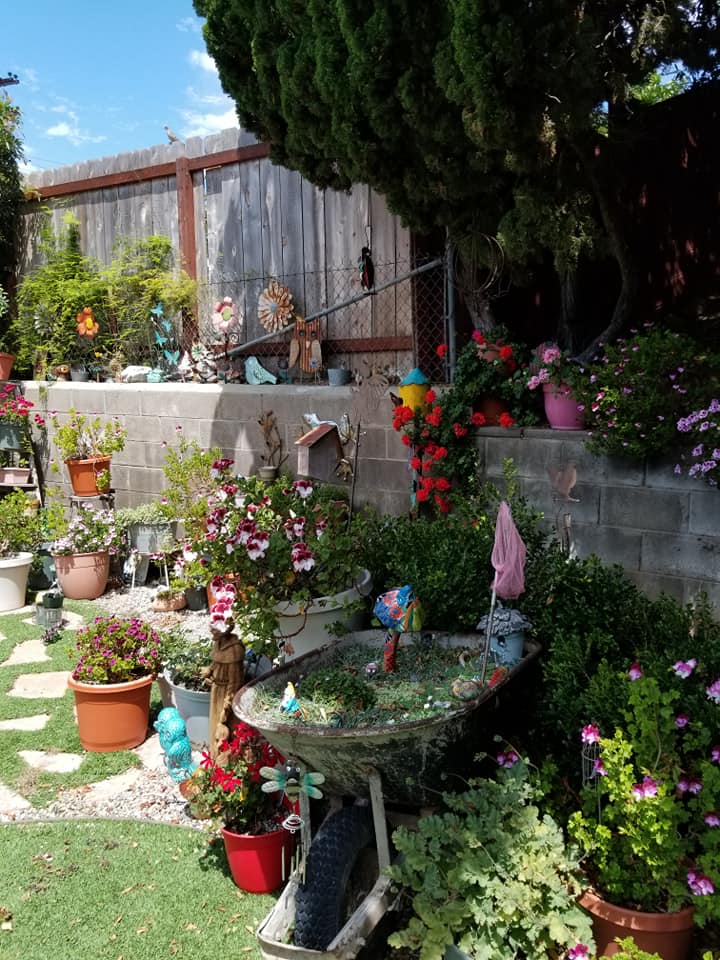
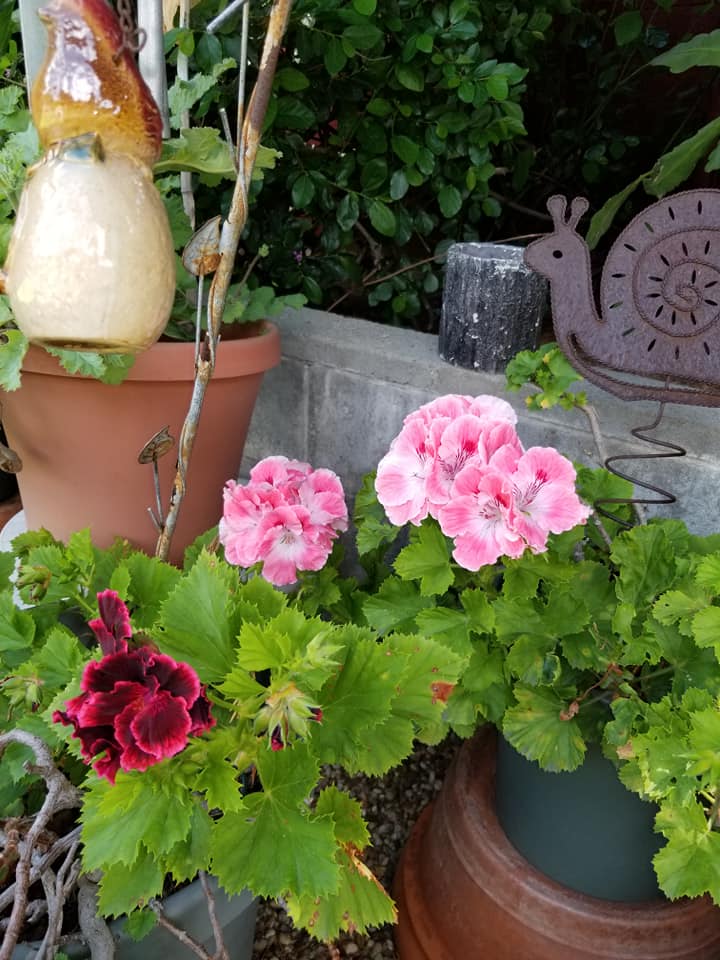
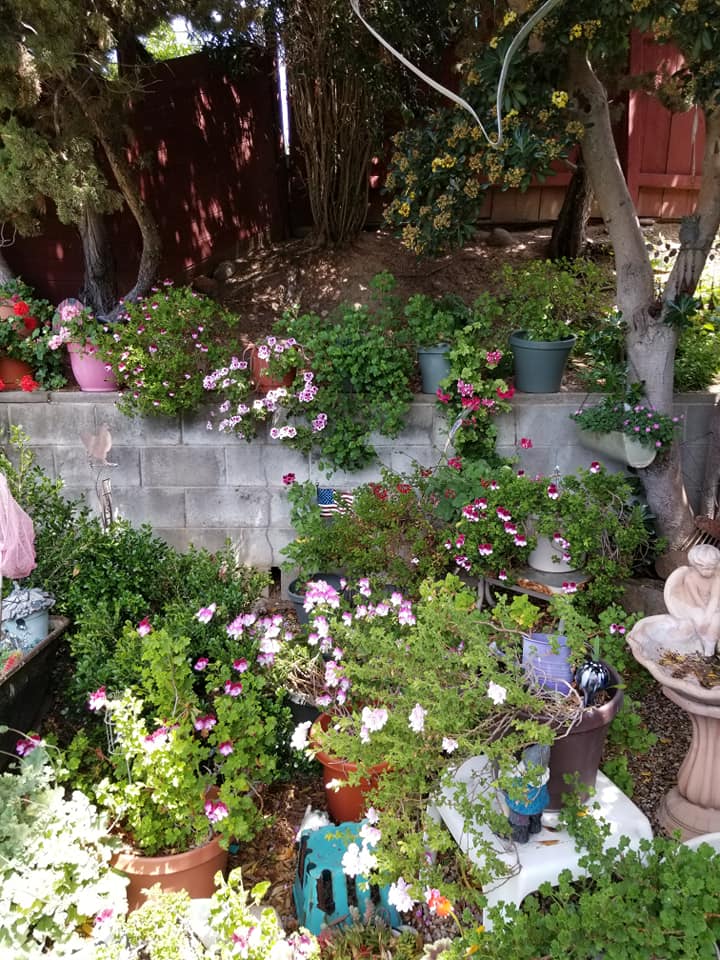
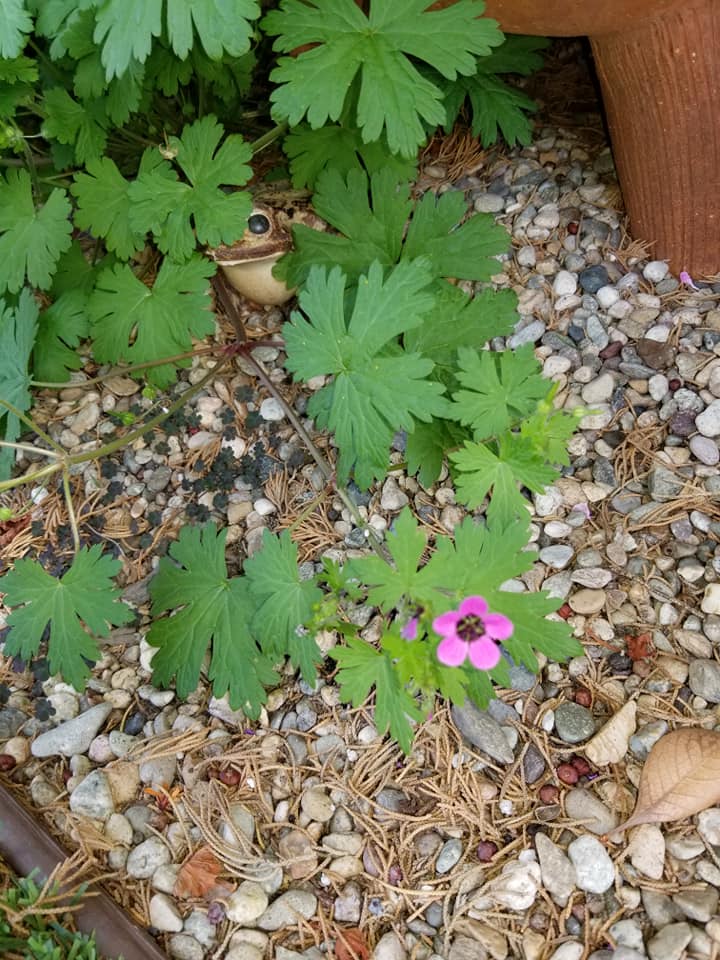

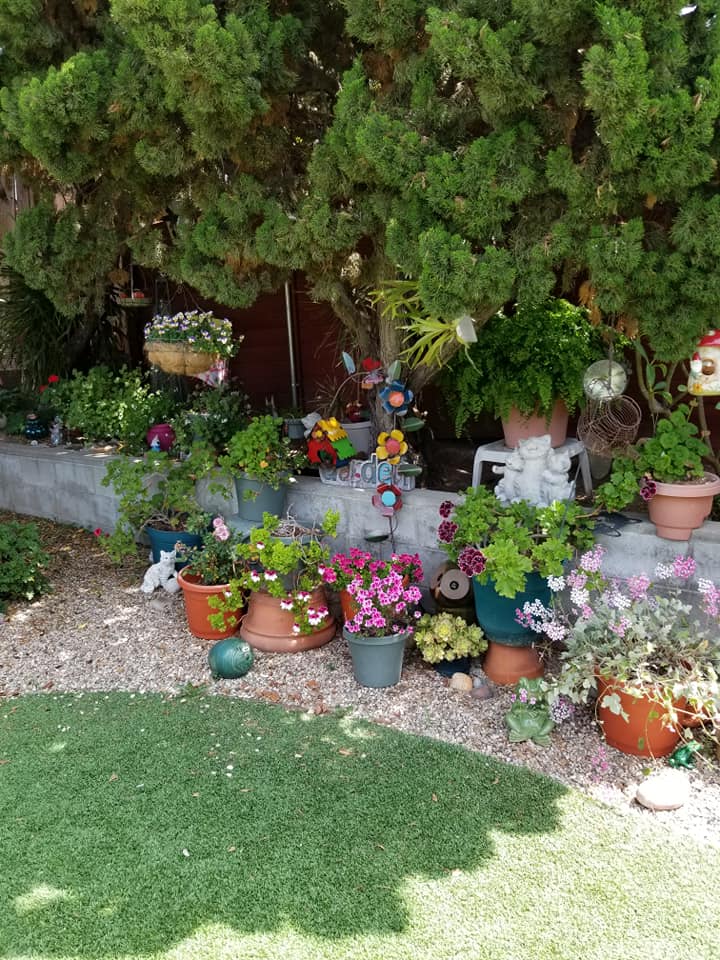
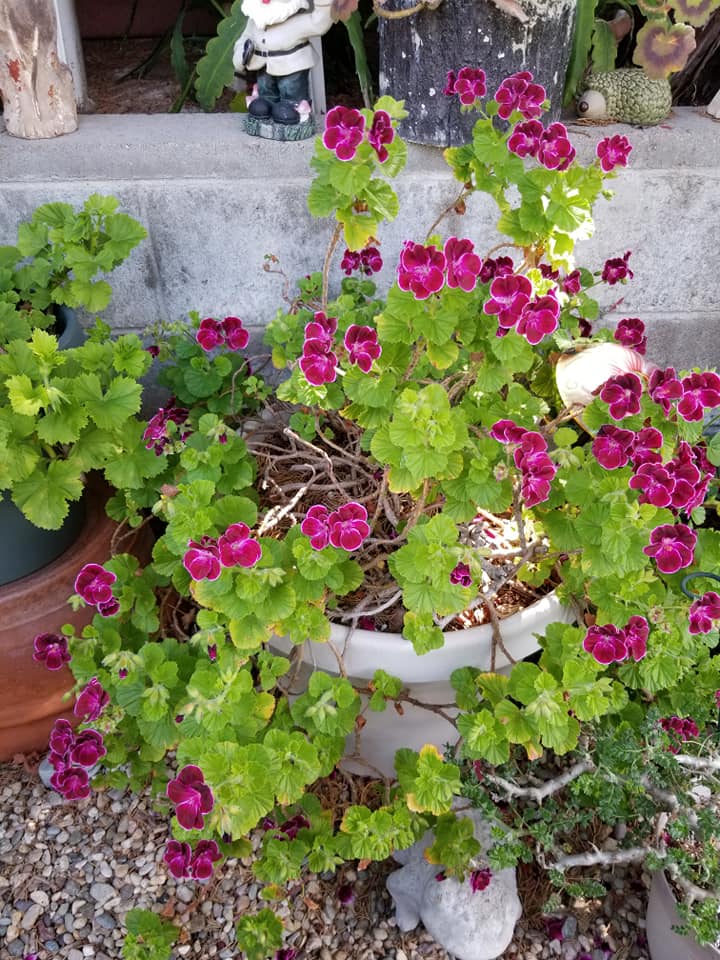

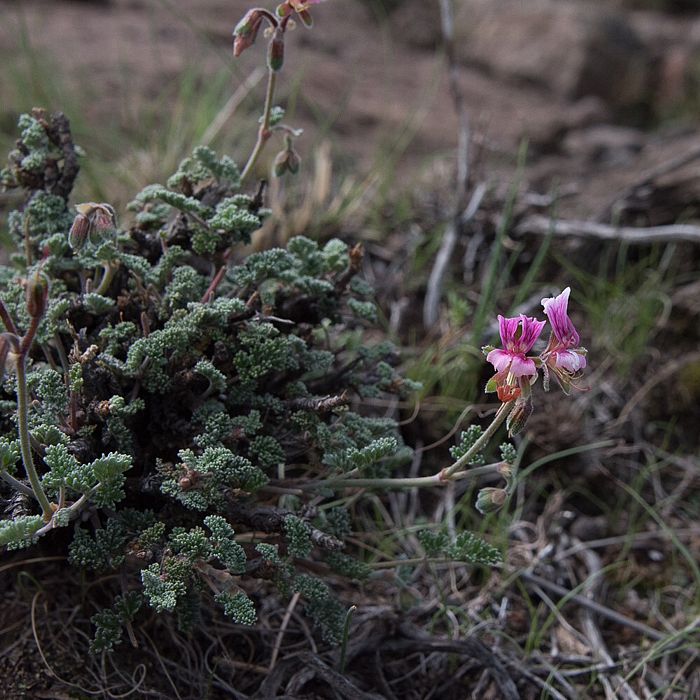

 RSS Feed
RSS Feed